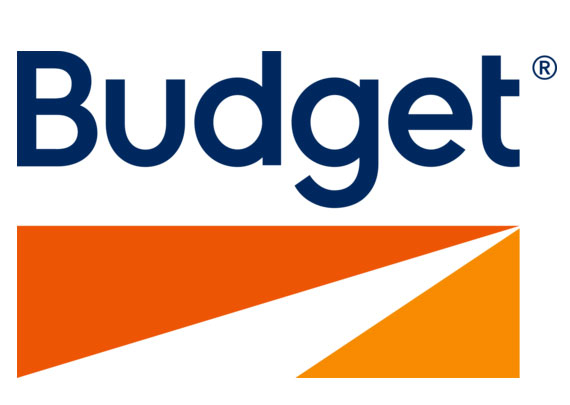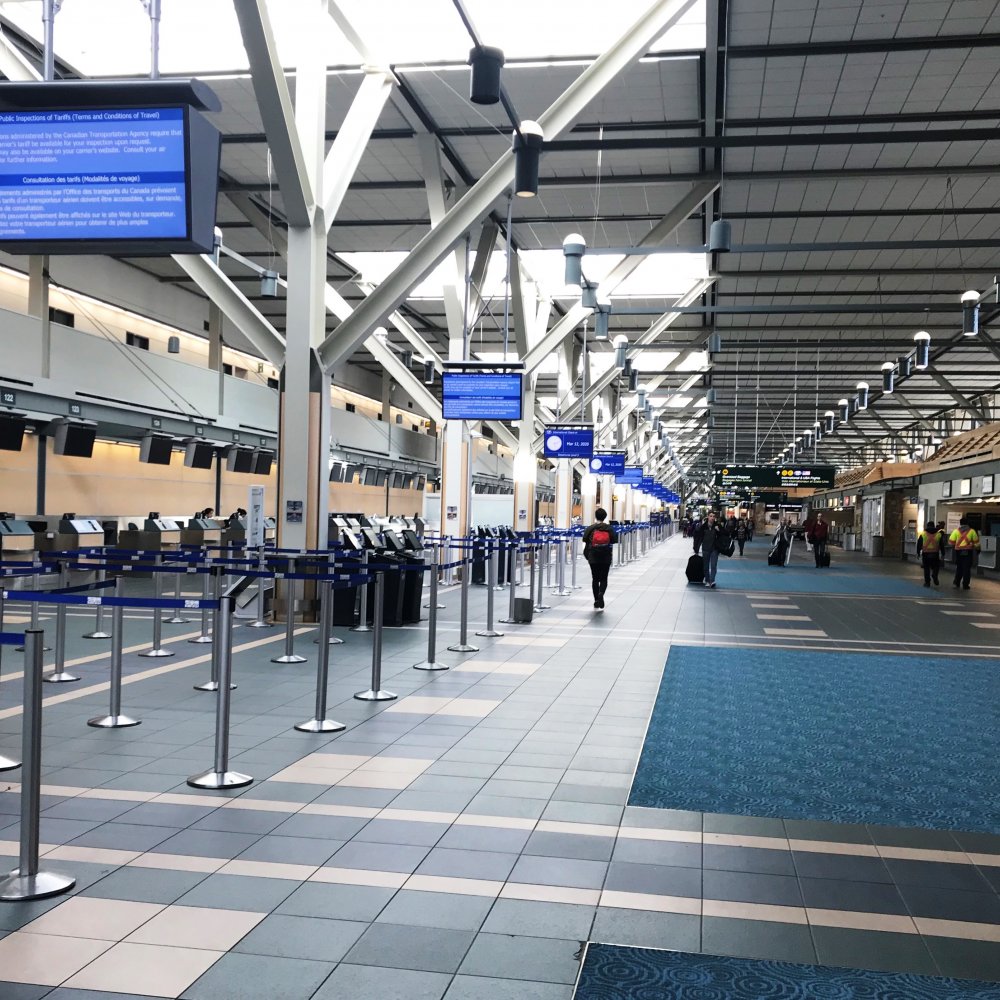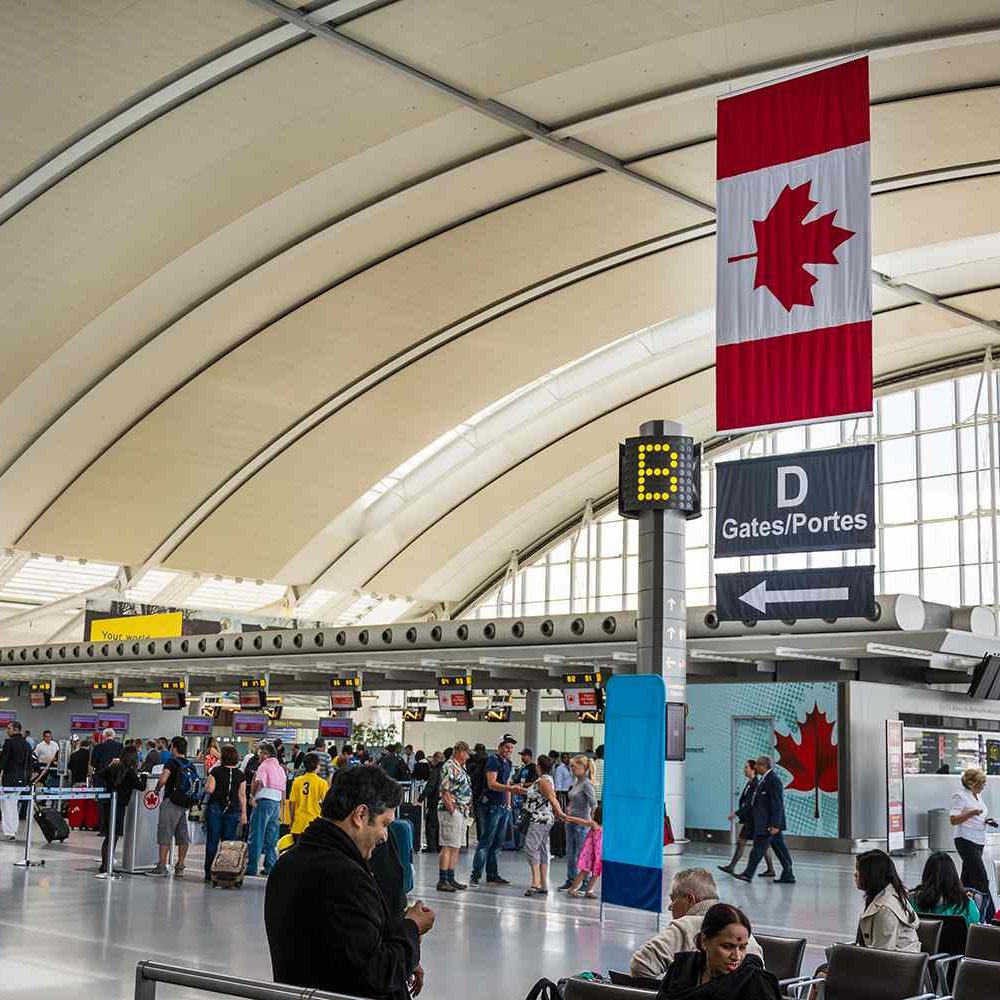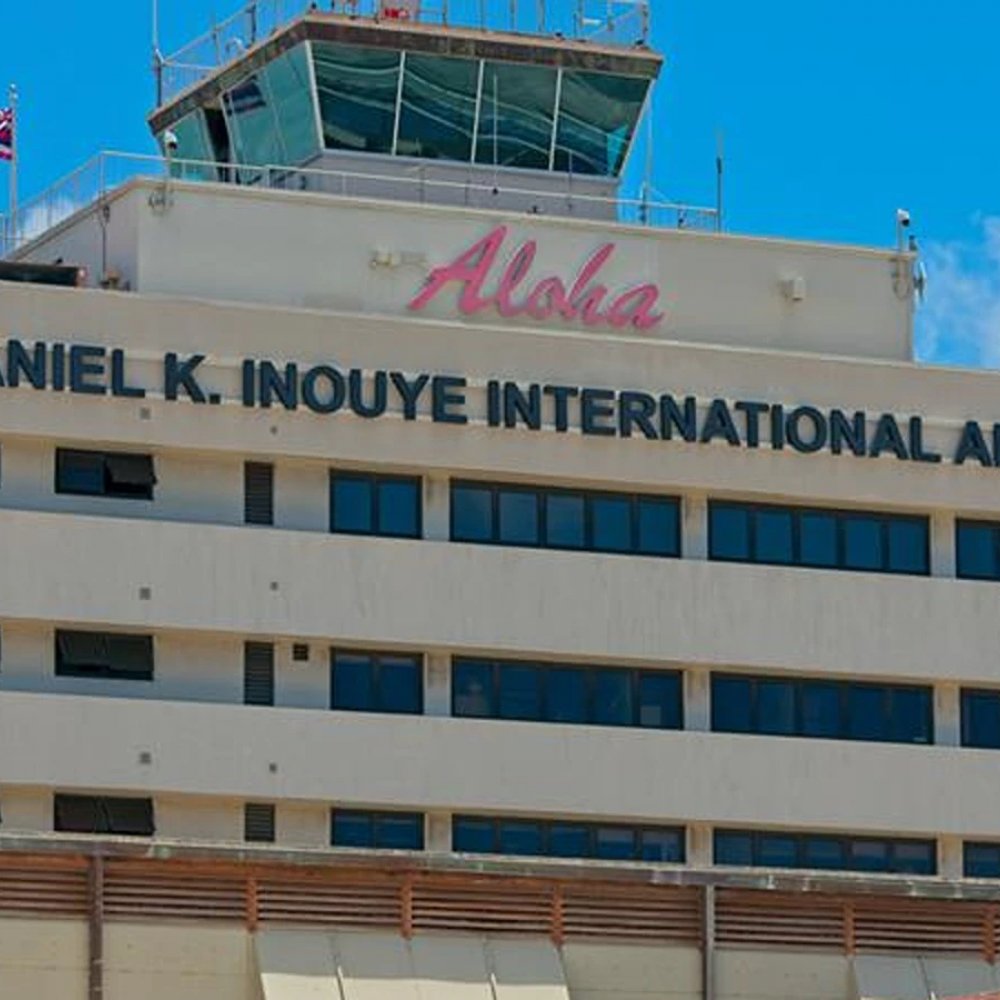You’re standing in your living room, suitcase by your side, the excitement and anxiety of travel swirling together like the Vancouver rain outside. Your flight’s at 8:00 am tomorrow, but how exactly will you get to Vancouver Airport, BC, CA without the usual pre-flight scramble? The cold brew in your hand feels oddly comforting as you scroll through options: taxi quotes popping up, ride-share apps flashing, bus schedules unfolding like a mysterious map. The city pulses beyond your window — streetcars rumble, cyclists weave past, taxis honk and dart. It’s all part of the symphony of a city humming with life, just like your trip’s about to take off. Planning your airport transfer is more than booking a ride; it’s securing peace of mind, beating traffic chaos, and arriving with a smile instead of stress. From dawn’s first light to the twilight lull, you’ll soon know exactly how to get to Vancouver Airport, BC, CA — whether you prefer the ease of a taxi or the rhythm of the rail. When I last landed at YVR, a smooth rideshare from the city centre turned what could have been a headache into a relaxed prelude to my holiday. So, buckle up: this guide will make your airport journey as effortless as your holiday should be.

Why Plan Your Airport Transfer?
Travel is thrilling but unpredictable — especially when getting to Vancouver Airport, BC, CA. Planning your transfer carefully means you skip last-minute chaos, avoid costly surprises, and tailor your journey to your preferences. The airport is about 12 km from downtown Vancouver, so the transport options vary widely in price, time, and convenience. When you plan ahead, you can select from taxis, rideshare services, the SkyTrain's Canada Line, or buses—each with unique benefits depending on your budget, schedule, and luggage. Knowing your route keeps anxiety at bay, especially if you’re travelling during peak hours or with a tight connection.
Also, parking and rental car return require foresight: Vancouver’s airport precinct is busy year-round. Unexpected delays can add stress to an already packed schedule. By planning, you gain control — ensuring your journey starts and ends with ease. Remember, transport infrastructure here is designed for efficiency, but demand fluctuates. A taxi during rush hour costs more and takes longer than when all’s quiet at dawn. If you’re visiting during strike threats or long weekends, pre-booking is especially worthwhile. At heart, planning your airport transfer transforms travel from a logistical challenge into part of the adventure, setting the tone for your entire trip.
Price & Time Grid: Your Options at a Glance
| Mode | Single Fare (CAD) | Return Fare (CAD) | Journey Time | First Service | Last Service | Night Surcharge |
|---|---|---|---|---|---|---|
| Taxi | 45–55 | 90–110 (estimated) | 25–40 min | 24/7 | 24/7 | Yes (20% after 11pm) |
| Rideshare (e.g., Uber, Lyft) | 35–50 | 70–100 (estimated) | 25–40 min | 24/7 | 24/7 | Dynamic pricing applies |
| Rail (SkyTrain - Canada Line) | 5.05* (see footnote) | 10.10* | 26 min | 05:00 | 01:00 | No |
| Express Bus (Airport Express - R1) | 10.75 | 20.50 | 35–50 min | 05:30 | 00:30 | No |
| Local Bus (Various routes) | 3.50 | 7.00 | 40–60 min | 05:00 | 00:00 | No |
*SkyTrain fares vary by zone; central downtown to YVR is two zones costing approximately CAD 5.05 single (TransLink, 2025). The rail offers the fastest public transport solution, while taxis and rideshare sneaking in variable pricing depending on demand and time of day. Buses provide budget alternatives but note longer travel times and less frequent night services. The table summarises typical single fares; return tickets generally require purchasing two singles separately, except for some bus passes. Your choice depends on balancing speed, price, and convenience – this guide helps unpack those big decisions.
Step-by-Step Guide for Each Mode
Taxi
- Book in advance via local companies like Yellow Cab or access a taxi rank downtown.
- Confirm estimated fare and mention any large luggage for extra space.
- Ensure the meter is running or agree on a flat rate for airport trips.
- Allow 30–40 minutes during peak; less if you travel off-peak.
- Pay by card or cash; tip 10–15% customarily.
- Exit swiftly through designated passenger drop-off zones at Departure.
Rideshare
- Open your app (Uber/Lyft) and enter Vancouver Airport, BC, CA as destination.
- Select your preferred vehicle type to match luggage and passenger count.
- Follow app prompts to your assigned pickup point, often nearby but outside the terminal.
- Confirm fare estimate before accepting ride, especially during surge hours.
- Ride duration usually mirrors taxis; communicate driver details for smooth meeting.
- Upon arrival, unload luggage carefully at drop-off, then proceed to Departures.
Rail (SkyTrain - Canada Line)
- Purchase tickets at any downtown SkyTrain station or use a contactless card on entry.
- Take the Canada Line headed towards YVR-Airport station.
- Enjoy a 26-minute, direct non-stop ride to the terminal.
- Exit at the dedicated airport station linked via an underground walkway.
- Follow signs to check-in counters and baggage drop zones.
Bus
- Identify the correct bus route; Airport Express (R1) offers direct service.
- Buy a ticket on the bus or via Compass Card in advance for convenience.
- Board at designated stops in downtown Vancouver or vicinity Airport waypoints.
- Prepare for a 35–60 minute ride depending on route and traffic.
- Disembark at the airport bus loop; follow signs to Departures.
Returning a Rental Car
- Top up the fuel tank at the nearest gas station to avoid extra charges (Hertz, March 2025).
- Follow the signs labeled “Car Rental Return” on arriving at the airport periphery.
- Enter the designated rental car compound and park in the area assigned to your provider.
- Complete any required paperwork or vehicle inspection with a rental agent.
- If after hours, use the rental company’s drop-box for keys and forms.
- Board the complimentary shuttle bus operated by rental companies to the terminal.
- Allow at least 45 minutes for car return processing and shuttle transit to Departures.
Money-Saving Hacks
- Use a Compass Card for discounted SkyTrain and bus fares—buy online or at stations.
- Book taxis or rideshares in advance to lock standard rates and avoid surge pricing.
- Travel off-peak (midday or late evening) to save on cab fares and beat traffic.
- Check if your credit card offers airport transport discounts or rebates.
- Combine park-and-ride with public transport for free airport parking outside the terminal zone.
Peak-Hour vs Off-Peak Travel Times
During weekday mornings from 7:00 to 9:30 am and afternoons from 4:00 to 6:30 pm, Vancouver’s roads swell. Taxi and rideshare journeys to Vancouver Airport, BC, CA, can extend from a typical 25 minutes to over 45 minutes, dues to congestion on the Granville Street Bridge and Highway 99. Rail user volumes spike, but trains run frequently, maintaining smooth connections. Buses can be caught in traffic jams, so plan extra time. If your flight’s early, you might navigate the roads more smoothly, but always factor possible weather delays in winter months.

Off-peak hours, especially late nights and weekends, generally see quicker, less expensive transfers. Public transport operates on limited night schedules but remains reliable to and from the airport. If your luggage is light and you’re comfortable with a little wait, the SkyTrain’s Canada Line is an economical choice almost any time. Rideshare prices fluctuate; avoid booking during special events or holidays when surge rates become expensive.
Accessibility & Luggage Factors
Vancouver Airport, BC, CA caters well to travellers with restricted mobility. All major transfer modes provide wheelchair-accessible vehicles or trains and clearly marked pathways. Taxis equipped with mobility aids can be requested in advance. The SkyTrain stations and airport terminals have elevators and ramps, making it easier for wheeled luggage or strollers. For heavier or oversized luggage, taxis and rideshare probably offer the smoothest door-to-door service, whereas public transport may require elevator navigation and short walks across pedestrian ramps.
Local buses may have limited space during busy periods, and some routes discourage large suitcases. If you have multiple or bulky bags, a pre-booked taxi or rental car drop-off remains the most convenient. Planning for accessibility needs ensures that your journey to Vancouver Airport, BC, CA is comfortable and dignity preserved, avoiding unwanted surprises.
Carbon-Smart Alternatives
Reducing your carbon footprint is easier than ever when travelling to Vancouver Airport, BC, CA. Shared shuttle services operate from major hotels and park-and-ride lots, combining cost savings with environmental benefits. The SkyTrain’s electric operation provides a low-impact transit option, connecting downtown directly to the terminal. For local residents, bike-and-ride is growing in popularity: secure bike lockers at airport stations allow cyclists to combine pedal power with the train, eliminating road emissions.
Park-and-ride lots at select transit hubs let you leave your car on the outskirts and complete the journey by public transit, slashing emissions and stress. These options reduce congestion too, making your arrival at Vancouver Airport both timely and green.
Sample 08:00 Flight Timeline
- T-12 hours: Pack and confirm airport transfer booking.
- T-4 hours: Check traffic and transit schedules for your chosen mode.
- T-2 hours: Arrange luggage and documents, set out for transfer.
- T-0: Arrive at Vancouver Airport, BC, CA, pass security, relax before boarding.
Hidden Pitfalls & Local Quirks
Getting to Vancouver Airport smoothly means anticipating local travel quirks and hiccups. Here are a few to watch for:
- Strike days: Transit or taxi strikes can disrupt services. Always check newsfeeds before travelling.
- Cash-only buses: Some local bus routes do not accept cards onboard; carry exact change to avoid inconvenience.
- Motorway tolls: Driving taxis or rental cars use toll bridges whose fees might be added to fares without upfront notice.
Eight Mistakes Travellers Make
- Leaving airport transfer arrangements until the last minute.
- Underestimating peak traffic times, causing stress or missed flights.
- Ignoring luggage space needs in taxis or rideshares.
- Failing to check first/last service times on public transport.
- Not topping up rental car fuel prior to return, incurring steep fees.
- Overlooking night surcharges on taxis or rideshares.
- Missing out on fare card savings through the Compass Card system.
- Assuming all buses accept credit cards or allow bulky luggage onboard.
Frequently Asked Questions
What’s the cheapest way to get to Vancouver Airport, BC, CA?
The most affordable option is the SkyTrain’s Canada Line or local bus services, costing around CAD 3.50 to 5.05 one-way. They offer reliable journeys though with longer travel times compared to taxis.
How long does the bus to Vancouver Airport, BC, CA take?
Express buses take roughly 35–50 minutes while local bus routes may require up to an hour depending on origin and time of day, including stops.
Can I use rideshare from city centre to Vancouver Airport, BC, CA late at night?
Yes, rideshare services operate 24/7, though expect surge pricing during late nights or special events.
What’s involved in returning a rental car at Vancouver Airport, BC, CA?
You need to fill the tank, follow clear signage to the rental return lot, hand over keys or use after-hours drop-boxes, and take a shuttle to the terminal. Allocate at least 45 minutes (Hertz, March 2025).
Let’s Hear From You!
Now that you’re equipped with everything you need to know about how to get to Vancouver Airport, BC, CA, we’d love to hear about your own experiences and tips. Drop a comment below sharing your favourite transfer mode or any hidden gems you’ve discovered. For more expert travel insights and airport guides, subscribe to our newsletter. Safe travels — your smooth journey begins here!






